Killer Chemistry: The Chemical Weapons of World War I (Photos)
Cavalryman
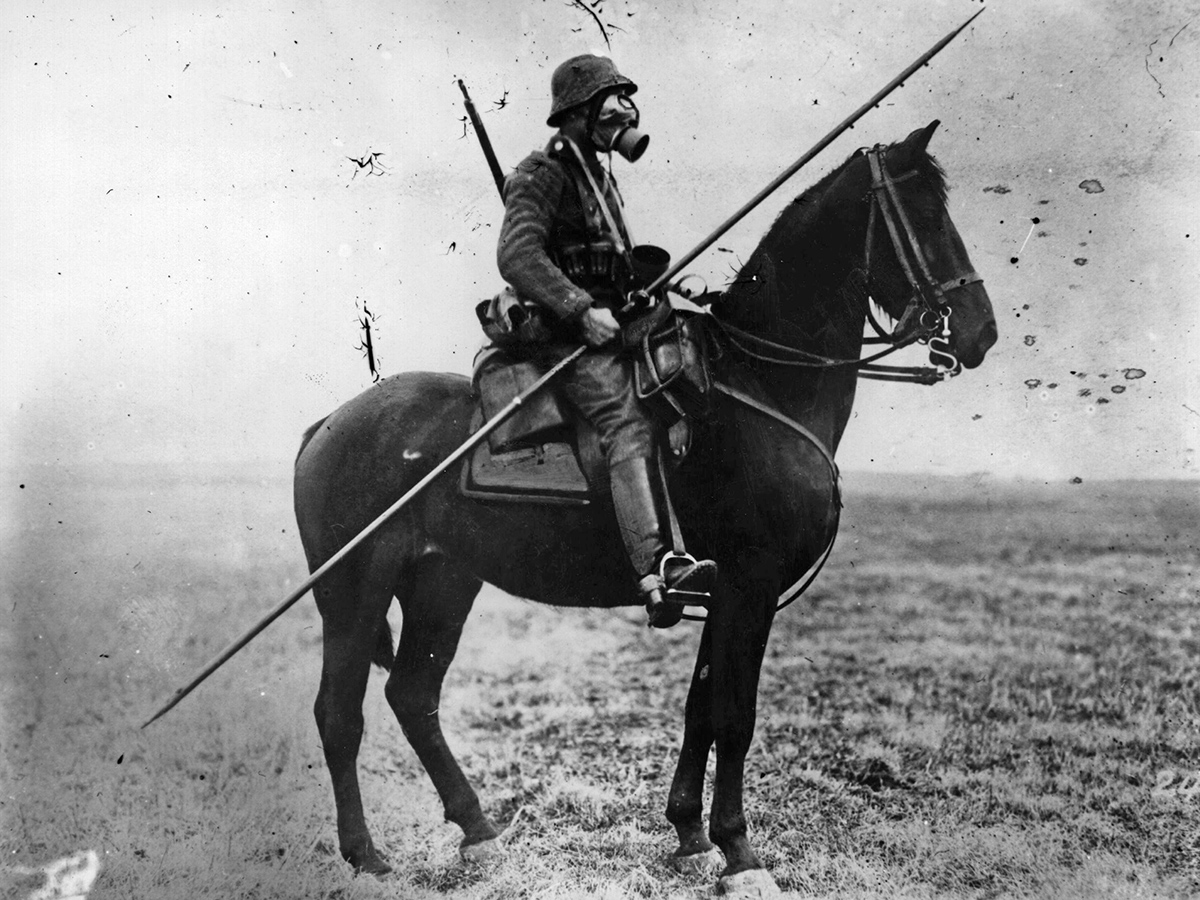
August 2, 1917: A German cavalryman wears a gas mask and carries a long spear or pole, representing two different eras of warfare.
Rising clouds
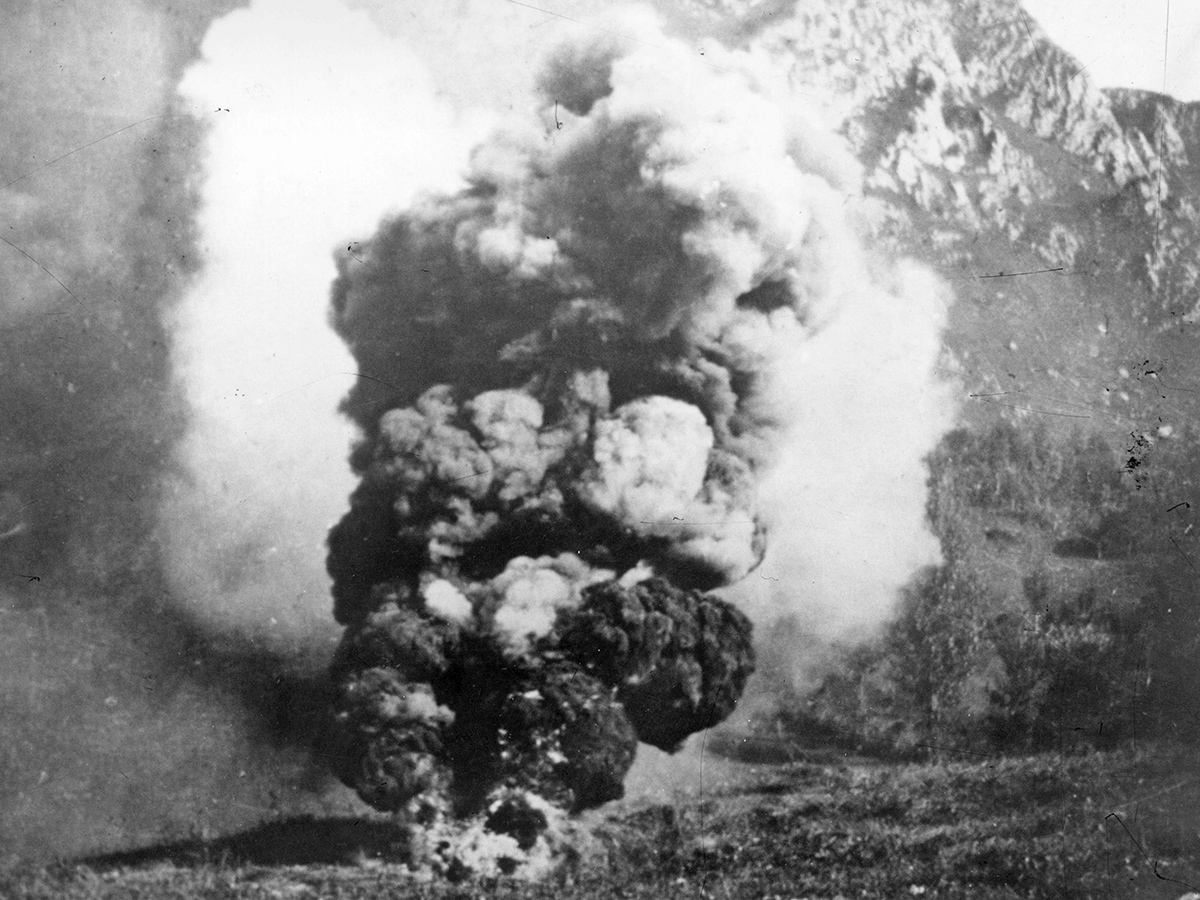
Circa 1916: A gas shell explodes. Gas used to be released directly from cylinders, but this method was replaced by exploding shells in 1916.
Big guns
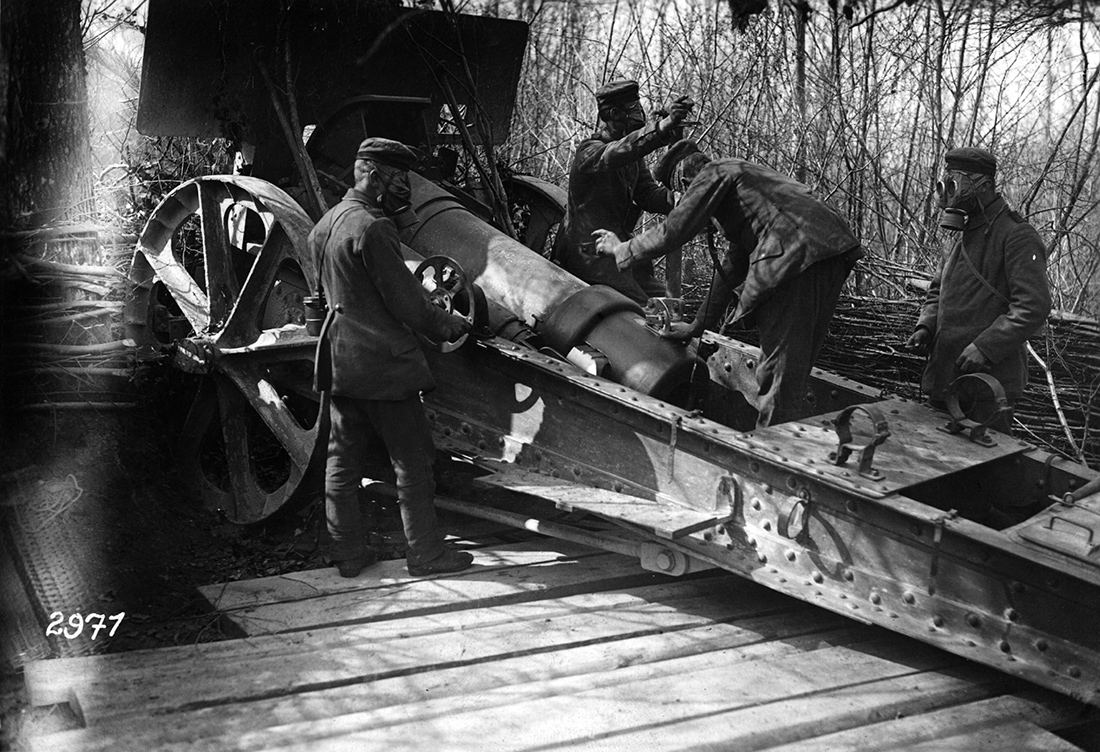
Circa 1915: German artillerymen wear gas masks as they operate a heavy gun.
Horse masks
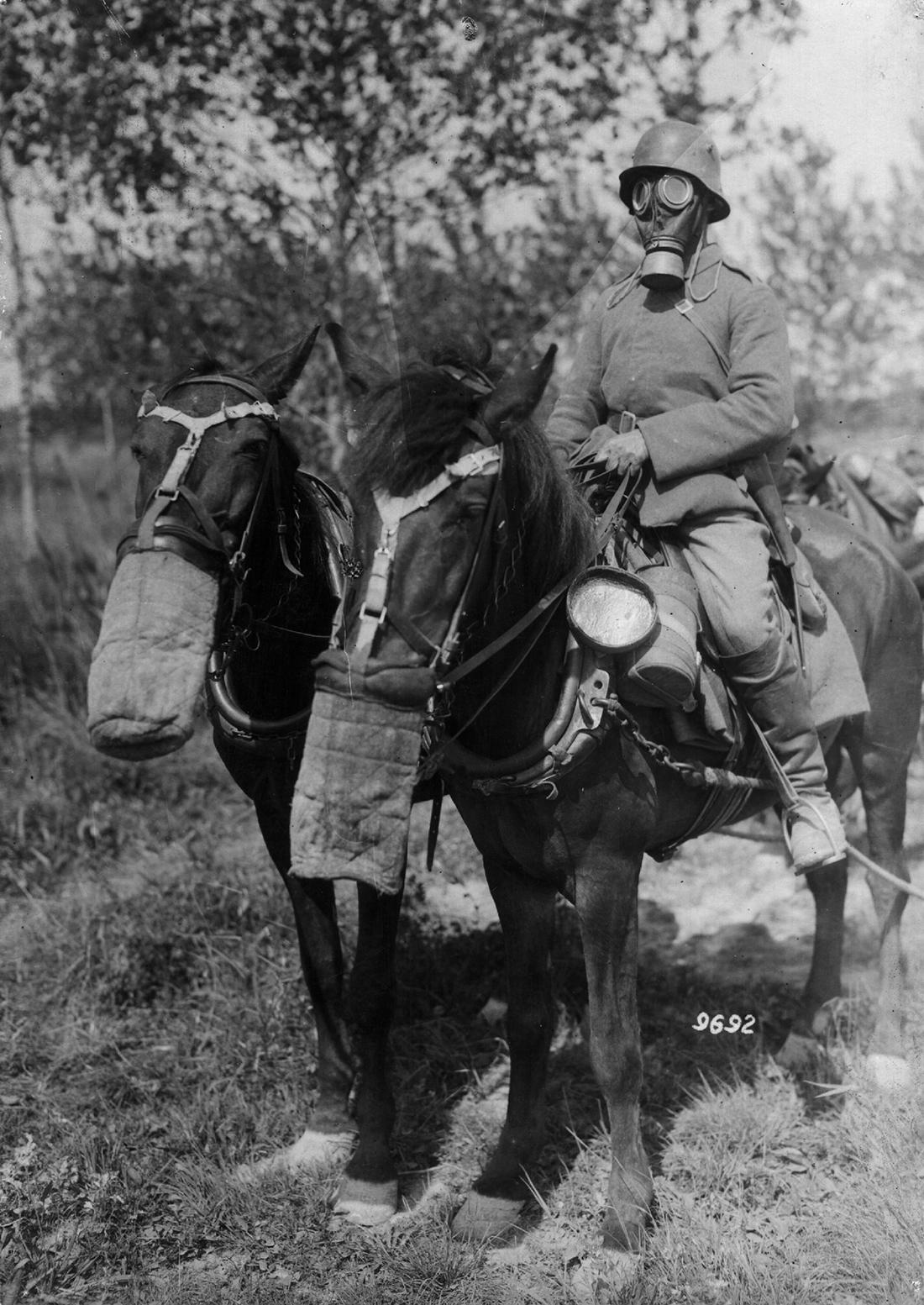
Jan. 1, 1914 in Unbekannt, France. A German propaganda photo shows German soldiers with gas masks on horses which are wearing feeding bags filled with wet hay as protection against gas attacks. Date and location is unknown (approximately 1914 to 1918).
In the trenches

German machine gunners wear gas masks during a gas attack.
Naval crew
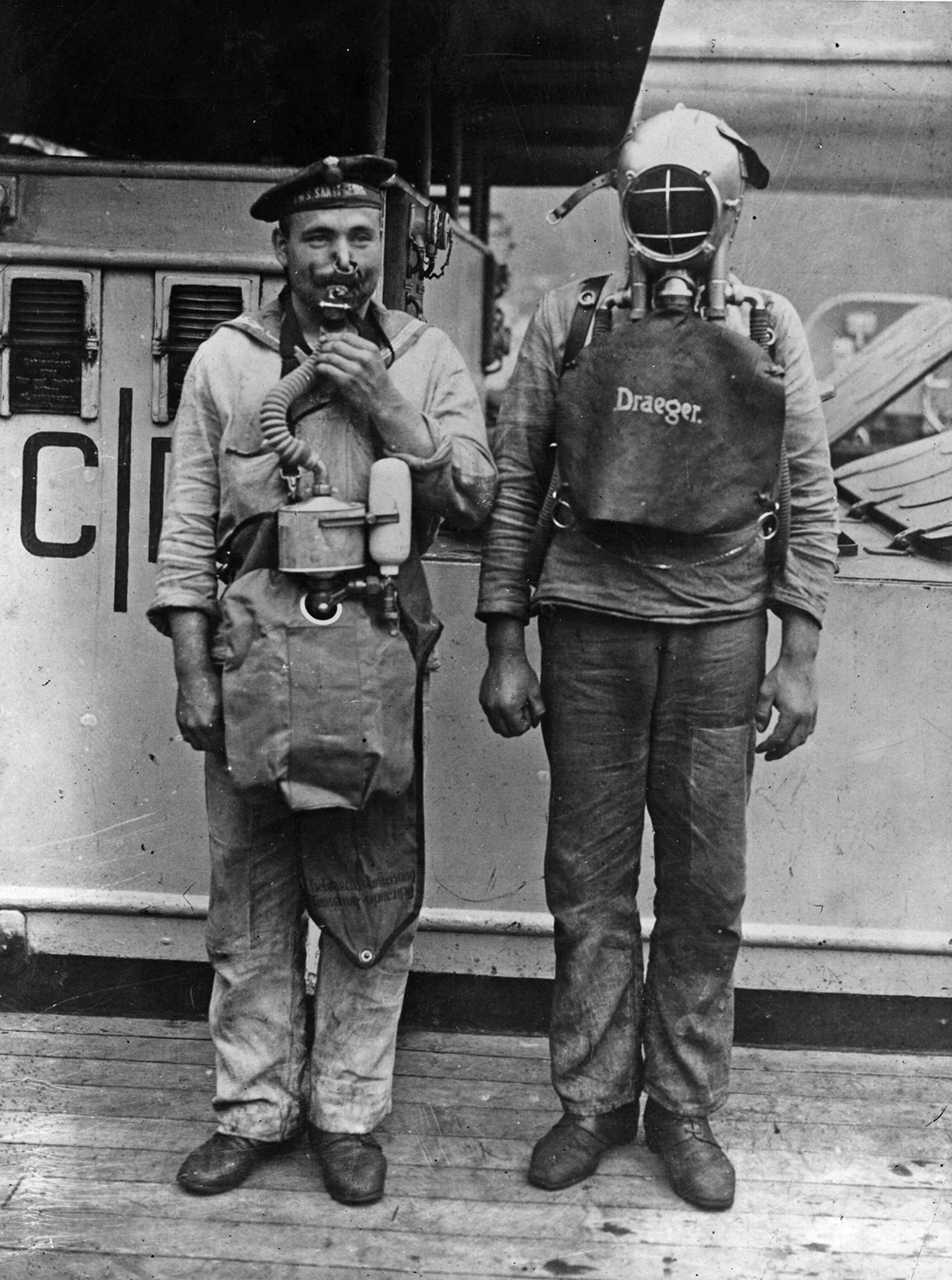
Circa 1911: German naval crew wear breathing apparatuses designed to protect them during gas attacks.
Phosgene cover
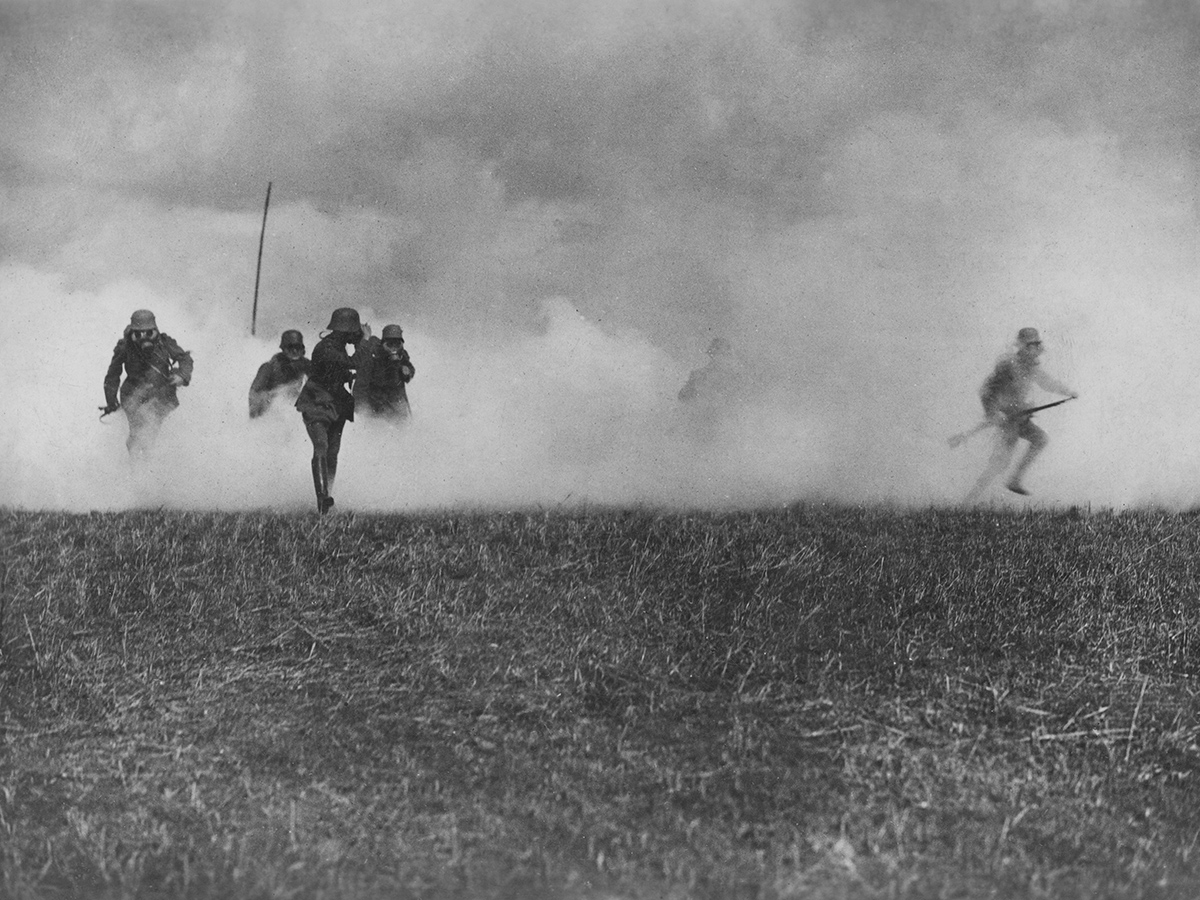
A German officer leads his men toward the British trenches, running through a cloud of phosgene gas that they released themselves for cover. Circa 1916.
Sign up for the Live Science daily newsletter now
Get the world’s most fascinating discoveries delivered straight to your inbox.
Temporarily blinded
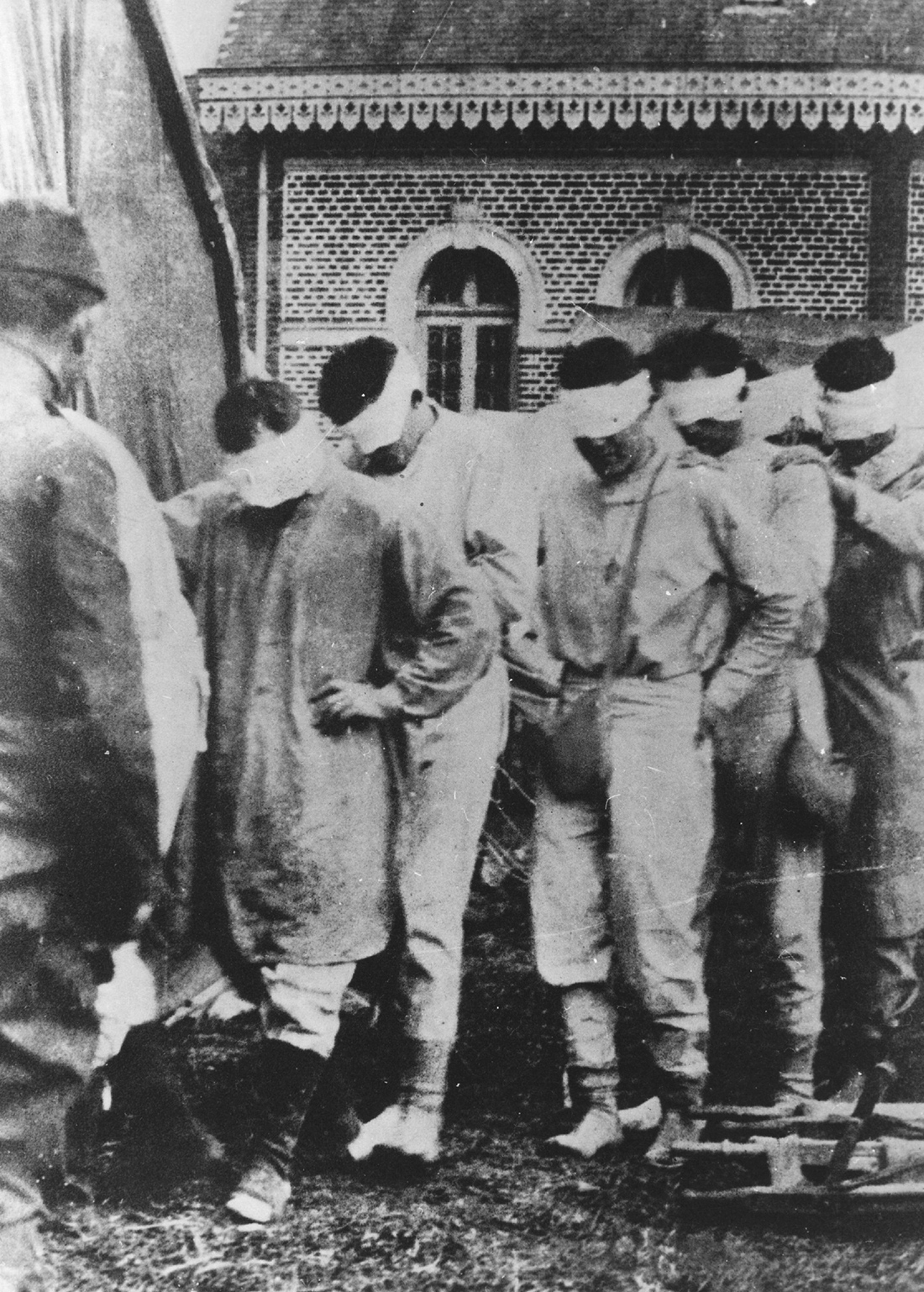
Circa 1918: These American soldiers temporarily lost their eyesight in France as a consequence of poison gas attacks.
Victims of an attack
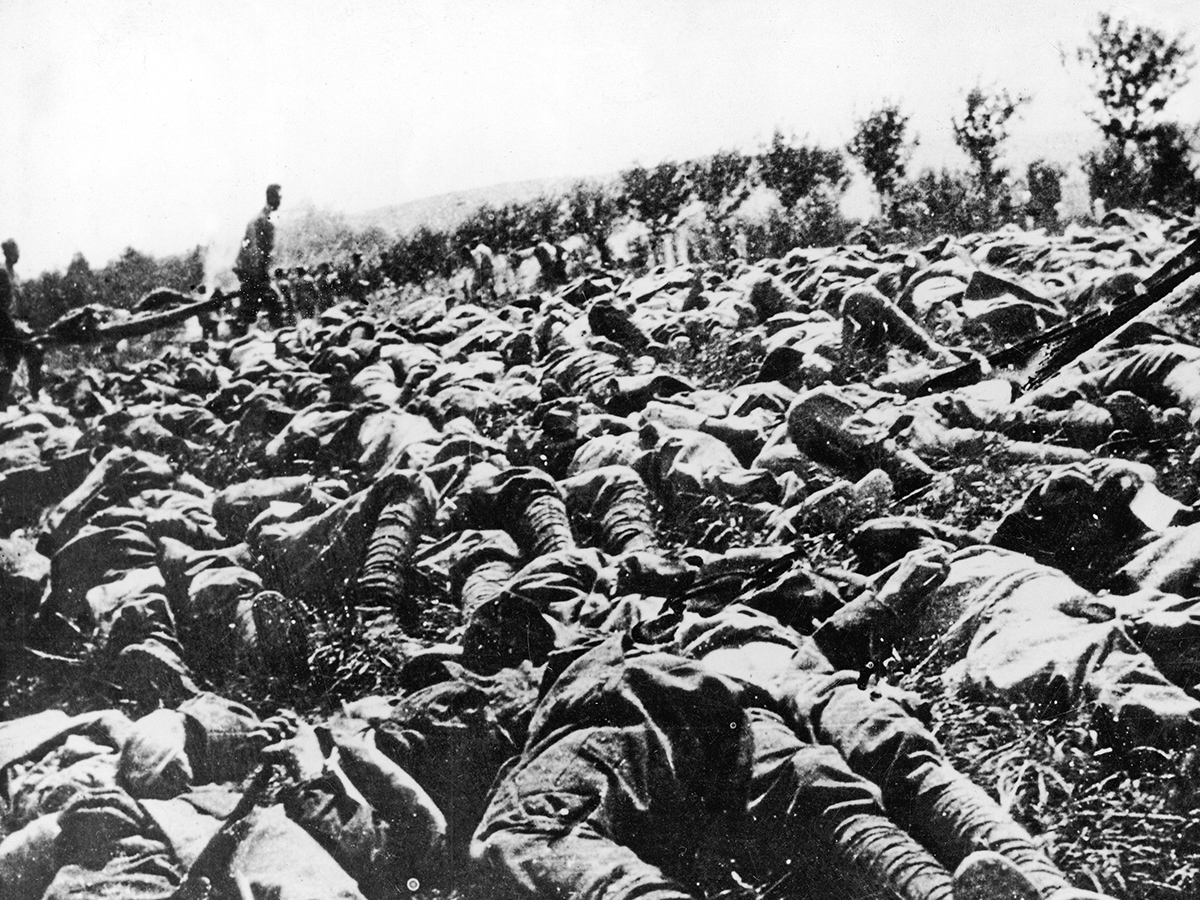
The bodies of hundreds of Italian soldiers, members of the Ninth Italian Regiment of the Queen's Brigade, lie dead on the battlefield, victims of a gas and flame attack during WWI, circa mid 1910s.

Mindy Weisberger is an editor at Scholastic and a former Live Science channel editor and senior writer. She has reported on general science, covering climate change, paleontology, biology and space. Mindy studied film at Columbia University; prior to Live Science she produced, wrote and directed media for the American Museum of Natural History in New York City. Her videos about dinosaurs, astrophysics, biodiversity and evolution appear in museums and science centers worldwide, earning awards such as the CINE Golden Eagle and the Communicator Award of Excellence. Her writing has also appeared in Scientific American, The Washington Post and How It Works Magazine. Her book "Rise of the Zombie Bugs: The Surprising Science of Parasitic Mind Control" will be published in spring 2025 by Johns Hopkins University Press.









